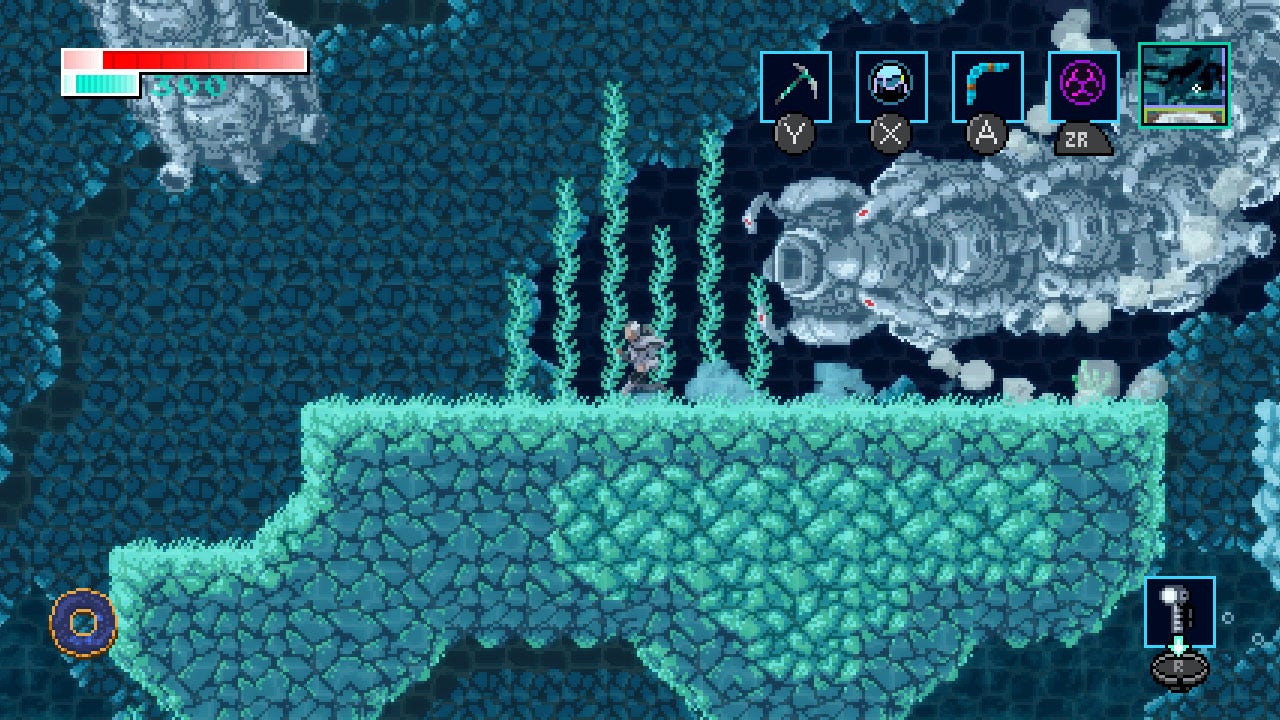An Era of Invisible Eras
In our meta-modern, self-referential and nostalgia-fueled media landscape the identifiers and semiotics of certain eras have gotten a lot more muddled. Then when you look at a world where streaming has put the entire history of media in the same place, I think today’s kids have less context for what certain eras look or feel like, and everything sort of blends together.
It is growing harder for new viewers and media consumers, especially young people, to identify the historical context of whatever they are engaging with. It might not be a bad thing, necessarily. I’m not doom and gloom about every change the internet era has caused, but it’s something I’ve been observing and thinking about.
On Disney+, 80 year old shorts are in the same place, just as easy to find, as 90s stuff, or things that came out last year. There's no context. My 6-year-old loves Bluey, and Fairly Odd Parents, and the 1952 Disney short "Trick or Treat" equally. It’s honestly really cool that she has the opportunity to see all of those things so easily. New media is even sometimes designed to look like, or at least visually reference, older era’s styles. The 2010’s Micky Mouse show gave Micky his ‘30s design back. Cartoon Network and Nickelodeon in the aughts were obsessed with the UPA style of the ‘50s and ‘60s. ‘80s nostalgia is practically a genre unto itself, whether or not it accurately depicts anything from that actual decade.

When I was a kid, old cartoons were on TV, but they were coded as old. They were sort of placed in a different timeslot, or even a different channel, so it was indicated that they were in a different category than the rest of the Saturday morning block of new stuff. I watched Rocky and Bullwinkle, but I understood why the cold war jokes didn’t make any sense when I was seven.
The video game version of this conversation is even more fascinating to me. Indie games can deliberately reference all eras of gaming's past, as opposed to the constant forward progression of the industry’s first 3-4 decades. Before about 2010, if you looked at a screenshot from a game you could pretty accurately identify what era and maybe even specifically what system within a generation that game was played on. But then pixel art nostalgia meant new games looked like they could’ve been from the NES or SNES. Obviously the next progression was a nostalgia for the look of the low poly, early 3D seen on N64 or PlayStation 1 games. That’s really trendy right now in the indie space, and I actually really love it. The style is being used in some fascinating and deliberate ways. A new game can look like anything.
I had a PlayStation 2 during high school, but we still had a SNES in the house and I could plug it in and play SNES games. And I did. There was a physical process that made it very clear that there was a difference between the games even beyond aesthetics on the TV. Now the only system I have plugged in is the Nintendo Switch. On my Nintendo Switch I can basically play every Zelda game ever made, no matter when it came out, using the same TV input without having to unplug anything and holding the same controller regardless of what system the game was developed for. 30 year old games live right next to this week’s new releases, and in some cases they even look the same.
My daughter watches me play, and plays the games herself, and it’s genuinely great that she has access to so many of the greatest games from throughout the artform’s history. But I find it fascinating how it all lives together with so little differentiation for the historical context. The jump from the beautiful pixel art of Final Fantasy VI to the gritty but charming cyberpunk 3D of Final Fantasy VII was wild to experience. Each new piece of hardware brought stark visual progress. Developers and gamers never looked back, until pretty recently.
I think it is something that shouldn’t be lost. Art should be put into its proper historical place when you engage with it. That should be studied and talked about. But the way we actually experienced that context is definitely gone, and I don’t know if it’s been replaced adequately yet.
Anyway, I’m probably going to go replay 1994’s Super Metroid for the 30th time now. It’s nice to have it on the Switch any time I want.


